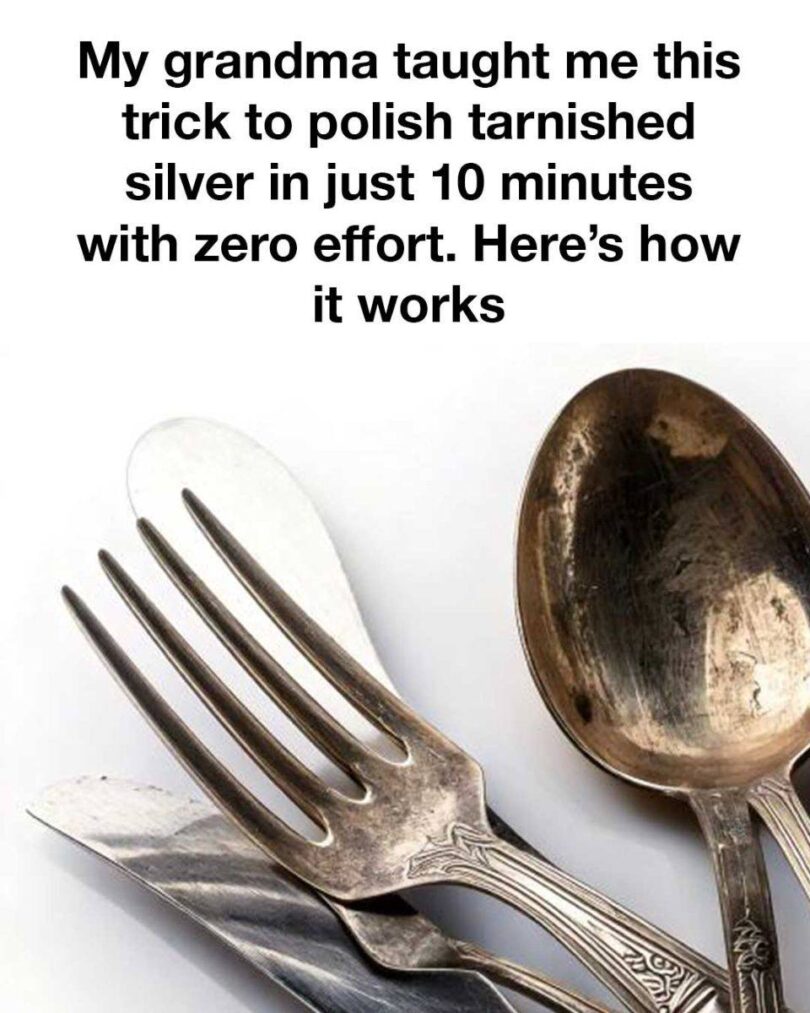There’s something truly special about receiving a family heirloom — the stories, the history, and the love that it carries through generations. When my grandmother passed down her collection of silver cutlery and jewelry to me, I was thrilled, until I noticed the tarnish that dulled their shine. Fortunately, Grandma had also taught me a remarkable trick to restore their beauty effortlessly. This simple method takes just 10 minutes, and the results are stunning. Let me share her secret with you.
Understanding Tarnished Silver
Tarnish is a natural process that occurs when silver reacts with sulfur-containing substances in the air, leading to a blackened or dulled appearance. This chemical reaction forms a layer of silver sulfide on the surface of your precious items. While tarnish is often seen as a nuisance, it’s a normal and expected part of silver aging and doesn’t damage the metal, though it can detract from its visual appeal.
Materials You Will Need
Before you begin, gather the following materials: a large bowl or container, aluminum foil, baking soda, boiling water, and a pair of tongs. These common household items work together to lift the tarnish away, revealing the shiny silver beneath.
Step-by-Step Guide to Polishing Silver
1. Line the bottom of your bowl or container with aluminum foil, shiny side up.
2. Place the tarnished silver items on the foil, ensuring they touch the foil directly.
3. Sprinkle a generous amount of baking soda over the items, about 1/4 cup per item.
4. Carefully pour boiling water into the container, enough to submerge the silver completely.
5. Wait for about 5-10 minutes as the magic happens — you’ll notice the tarnish transferring to the foil.
6. Using tongs, remove the silver pieces, rinse them under cool water, and gently dry with a soft cloth.
The Science Behind the Trick
This method is based on a chemical reaction between baking soda, aluminum foil, and tarnish (silver sulfide). When combined in the presence of hot water, these elements create an electrochemical reaction known as ion exchange. The aluminum acts as a sacrificial anode, and the baking soda solution as an electrolytic solution. The silver sulfide converts back to silver while the sulfur attaches to the aluminum, effectively removing the tarnish.
Safety Precautions and Tips
see next Page
ADVERTISEMENT







